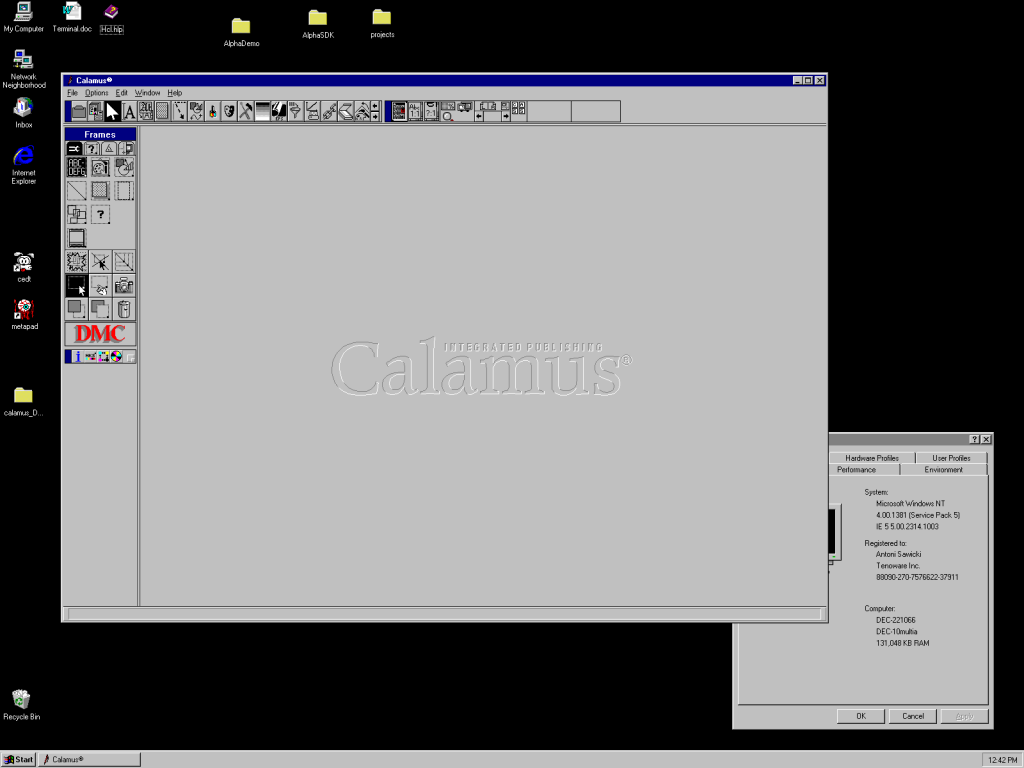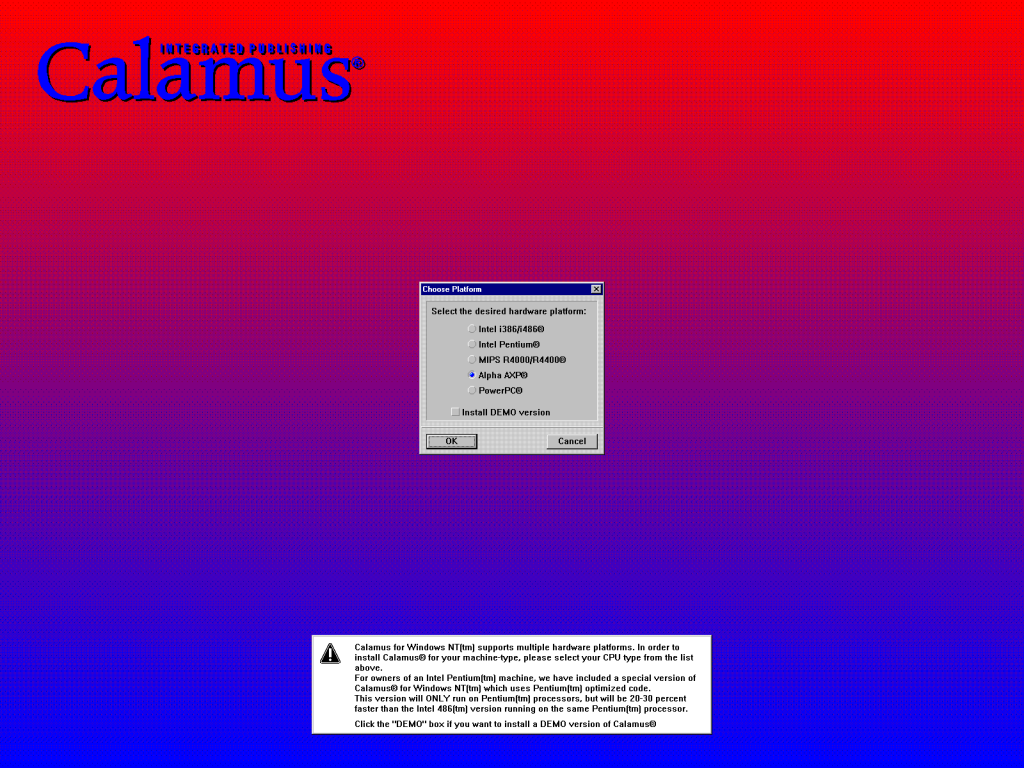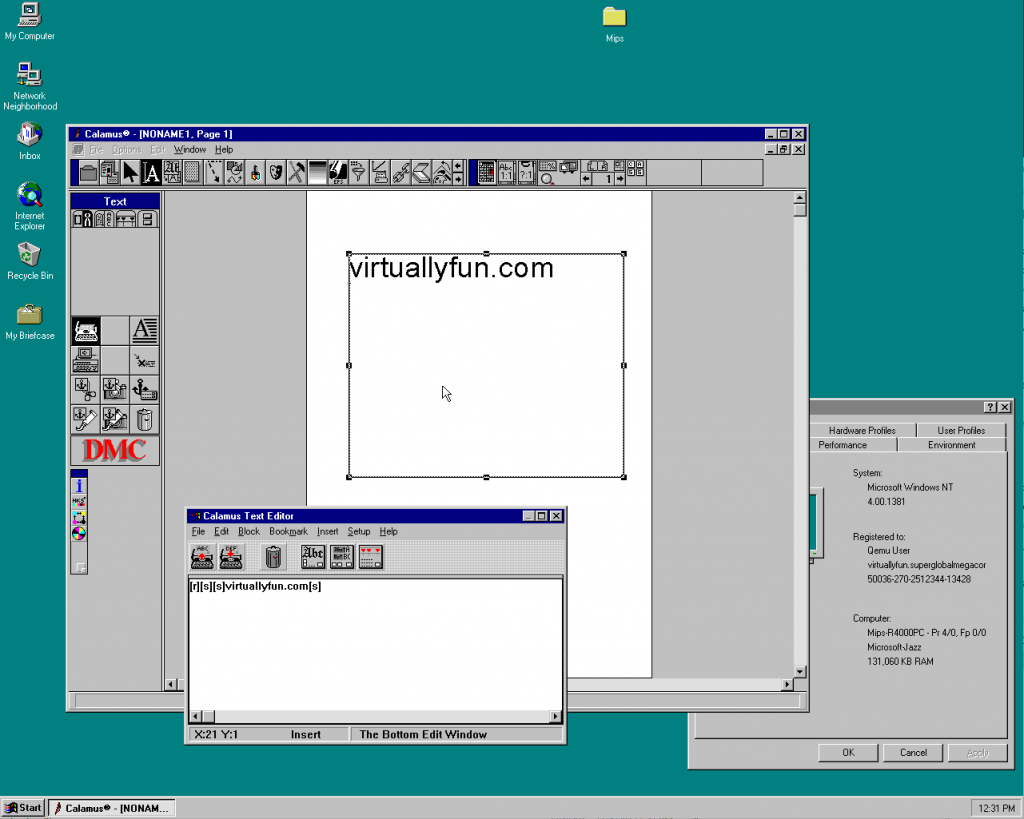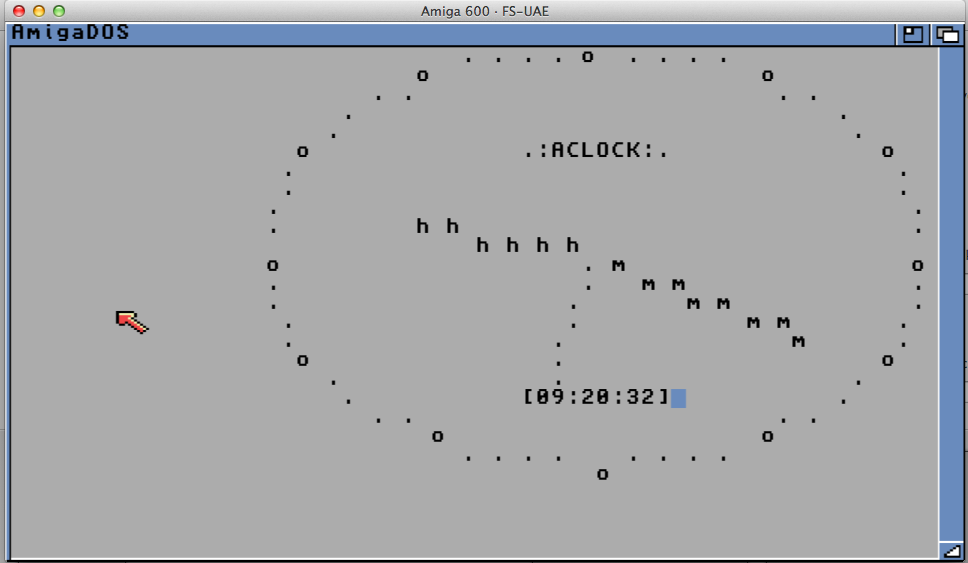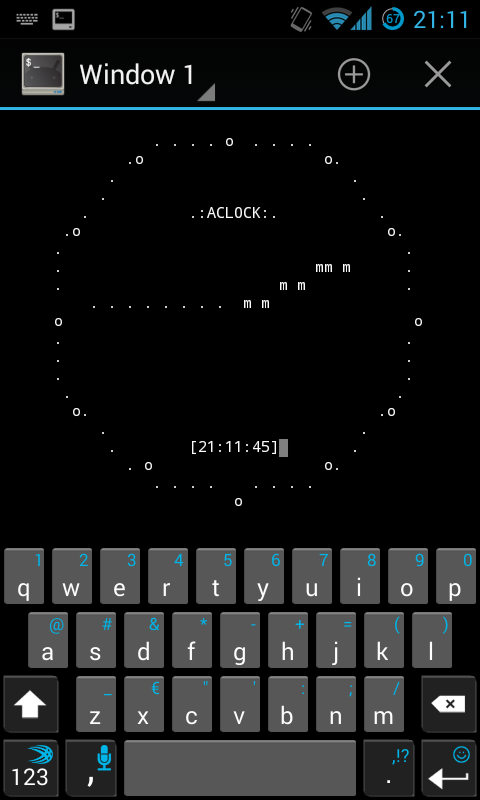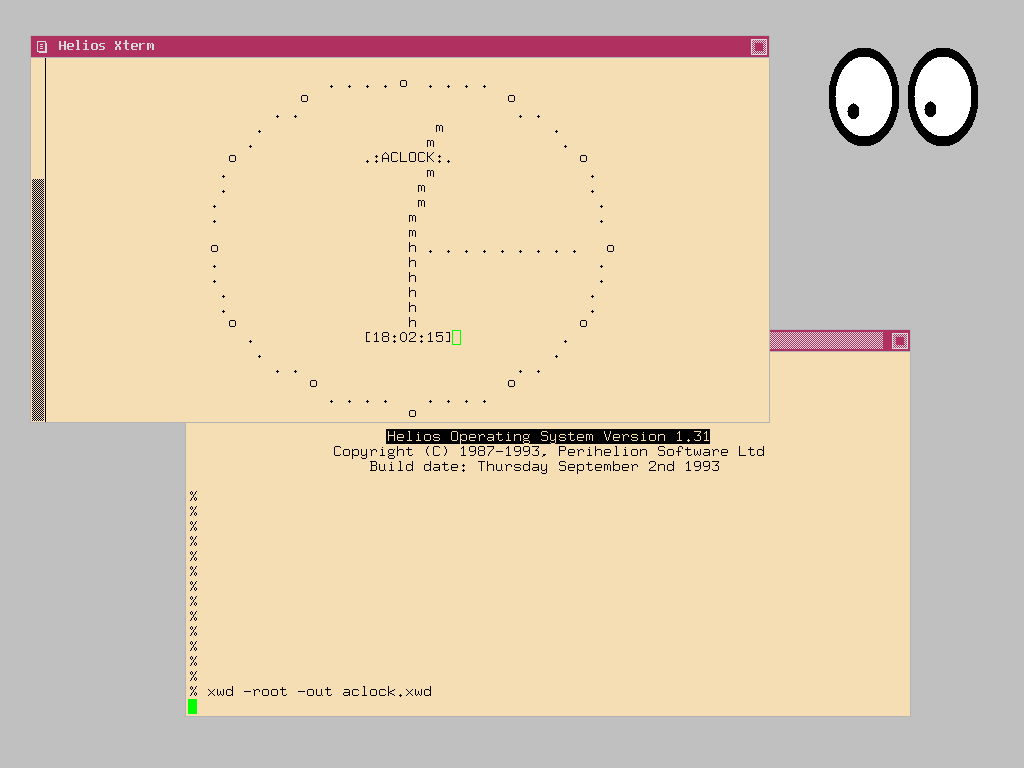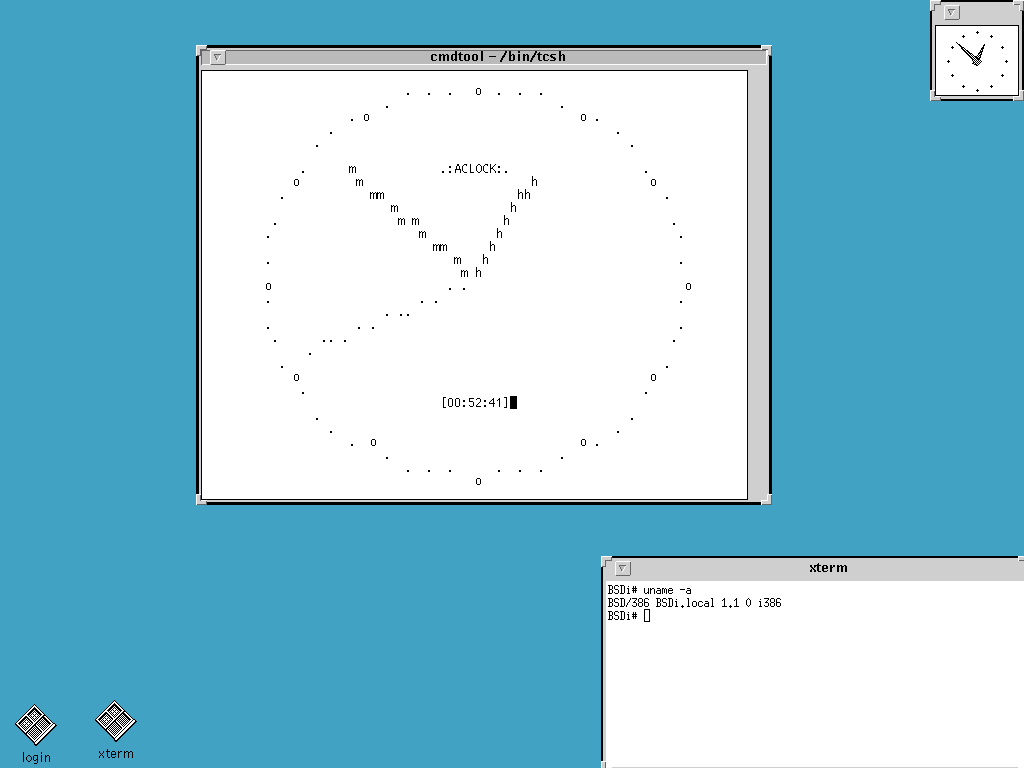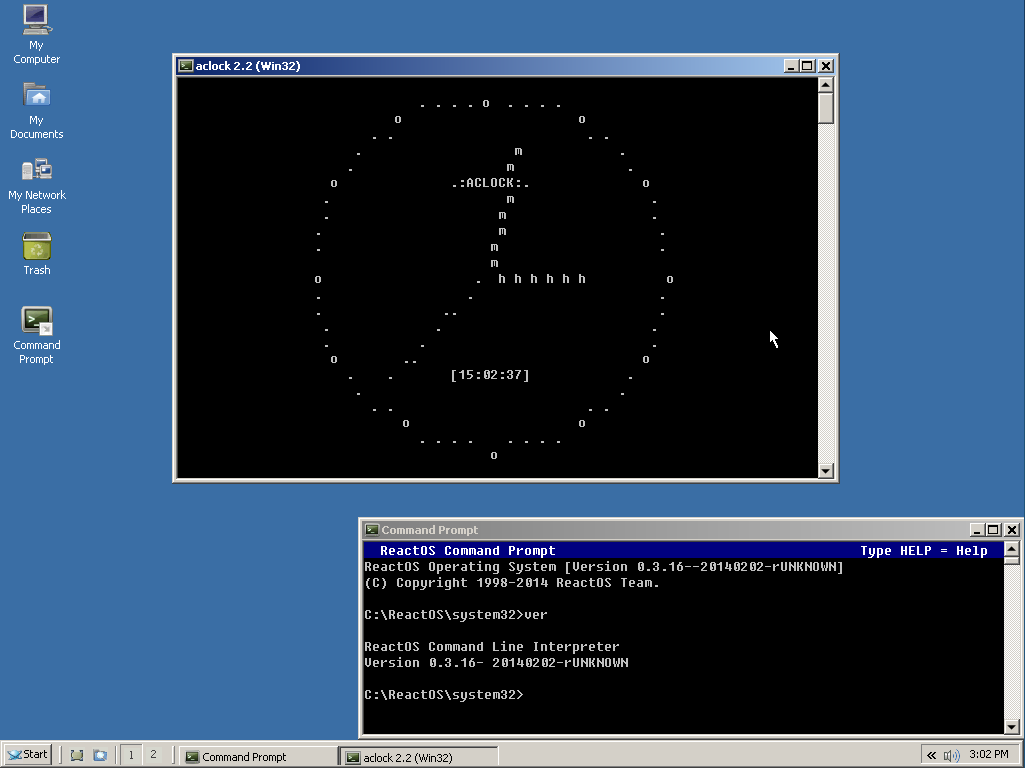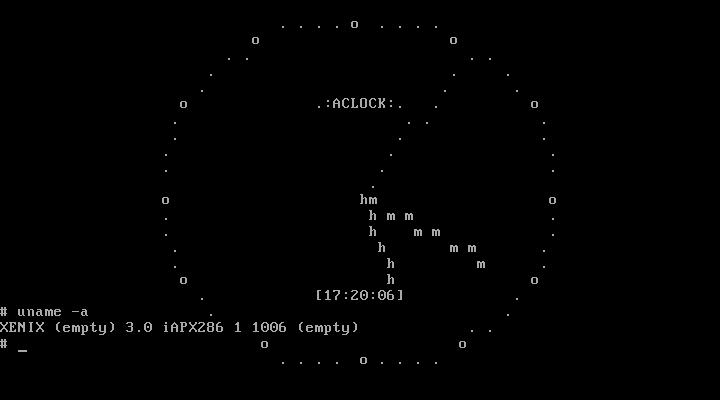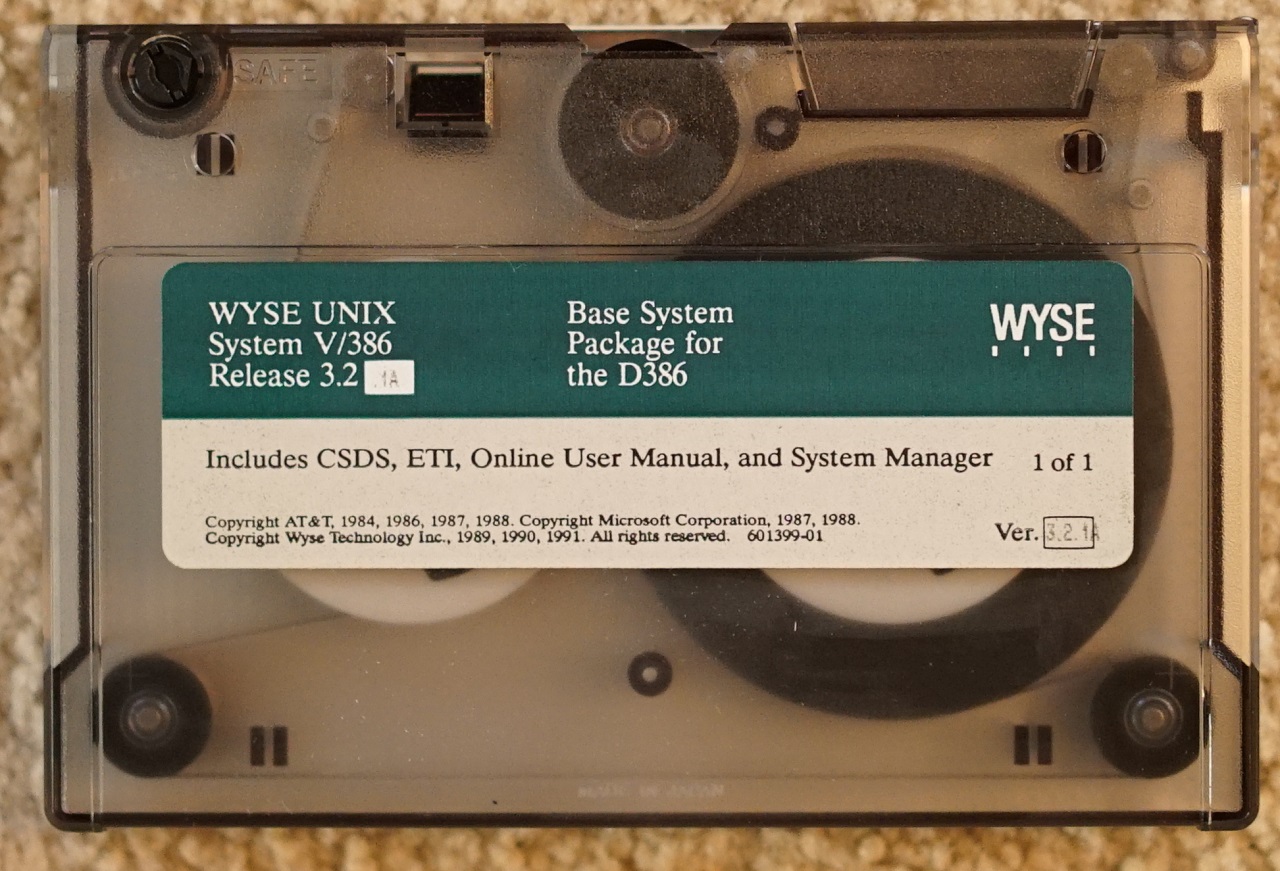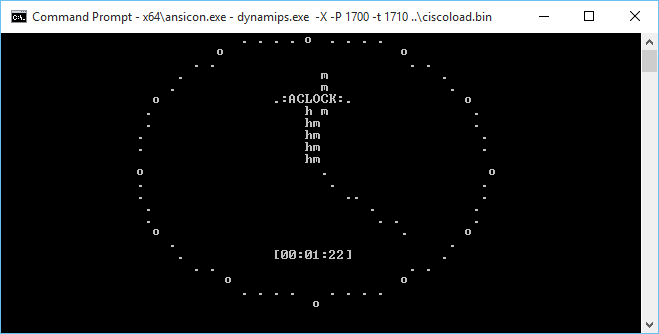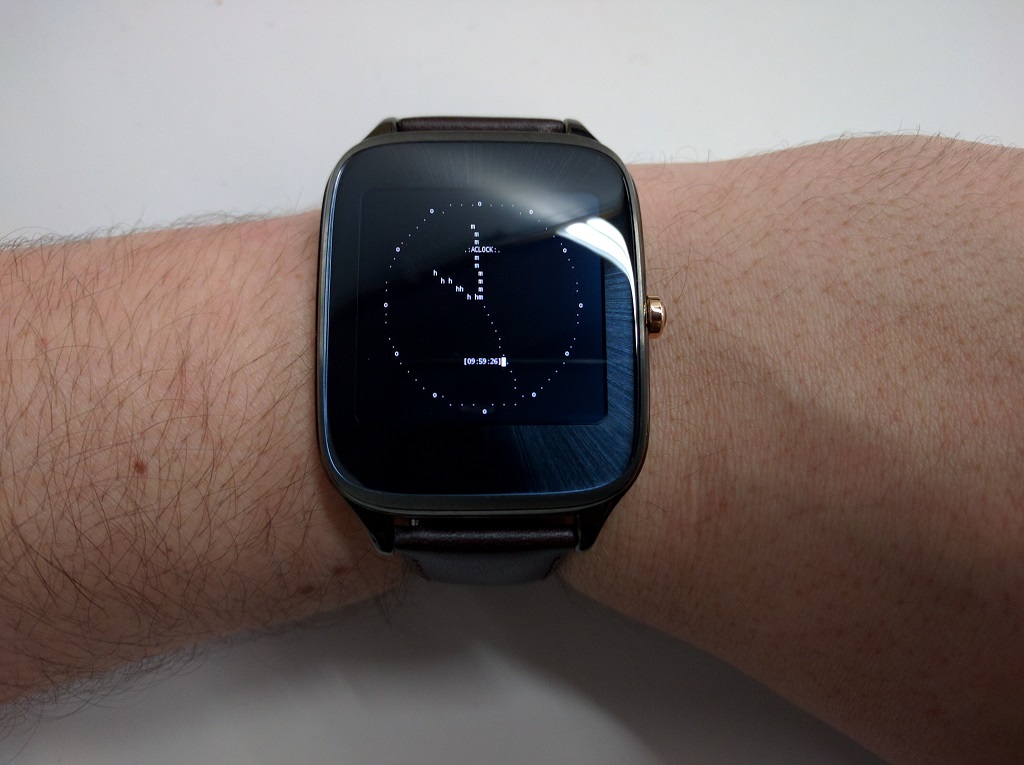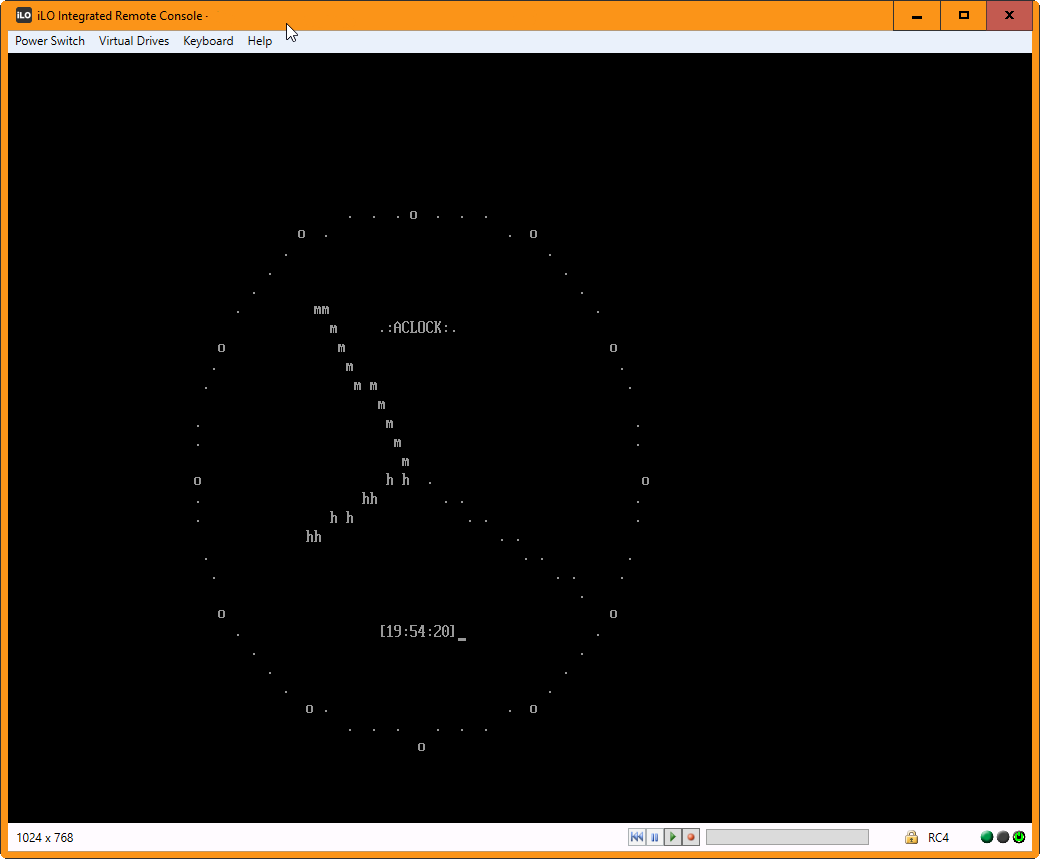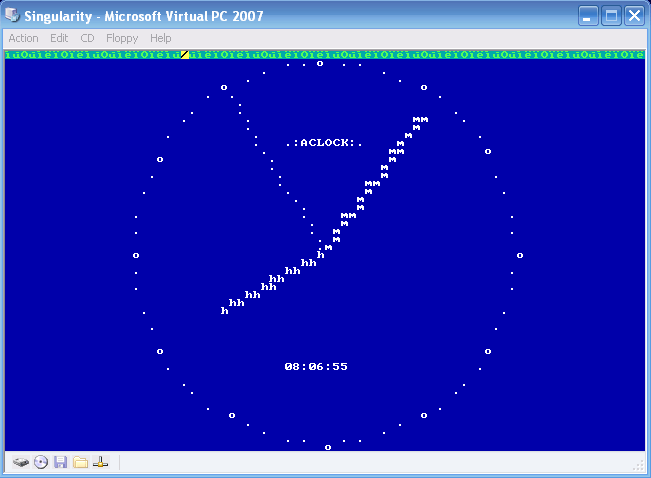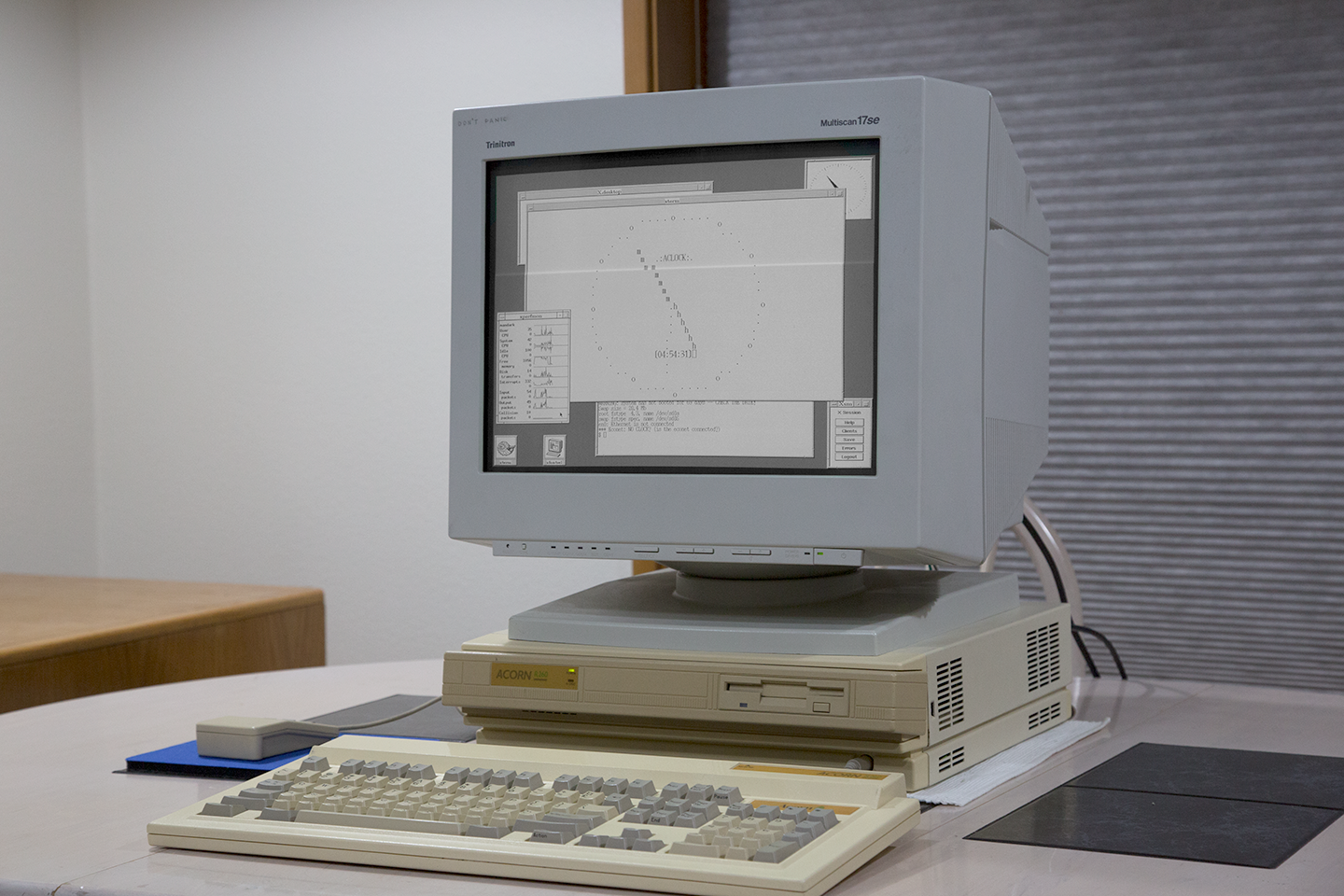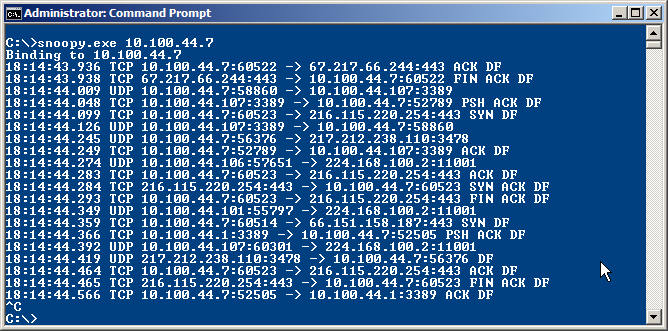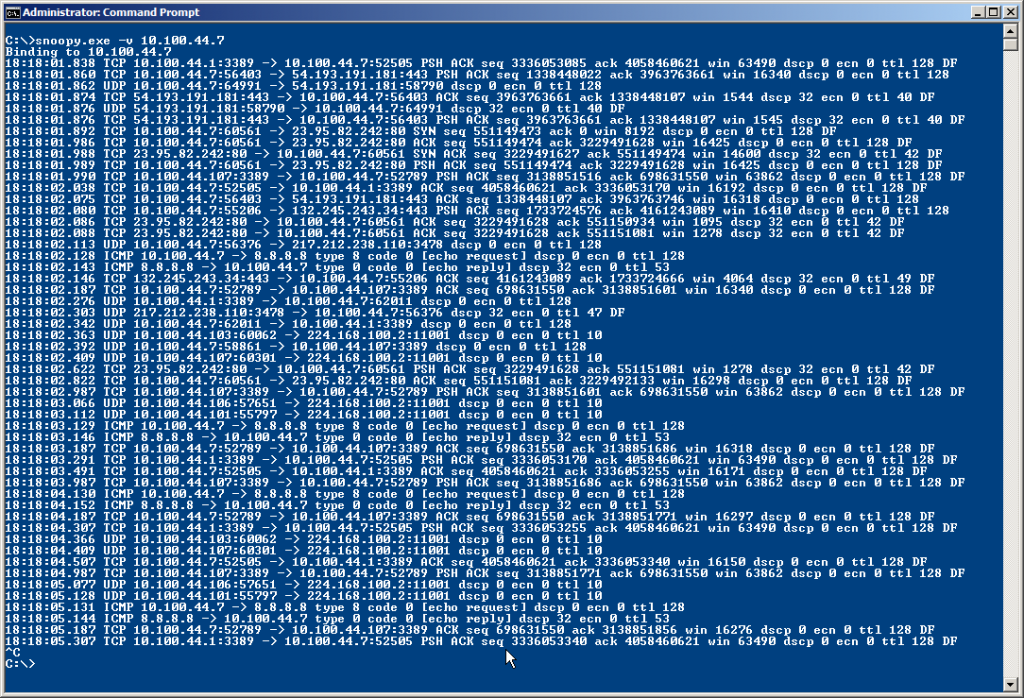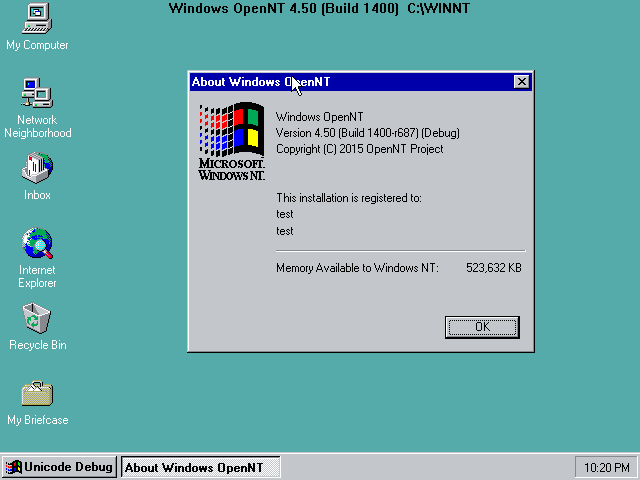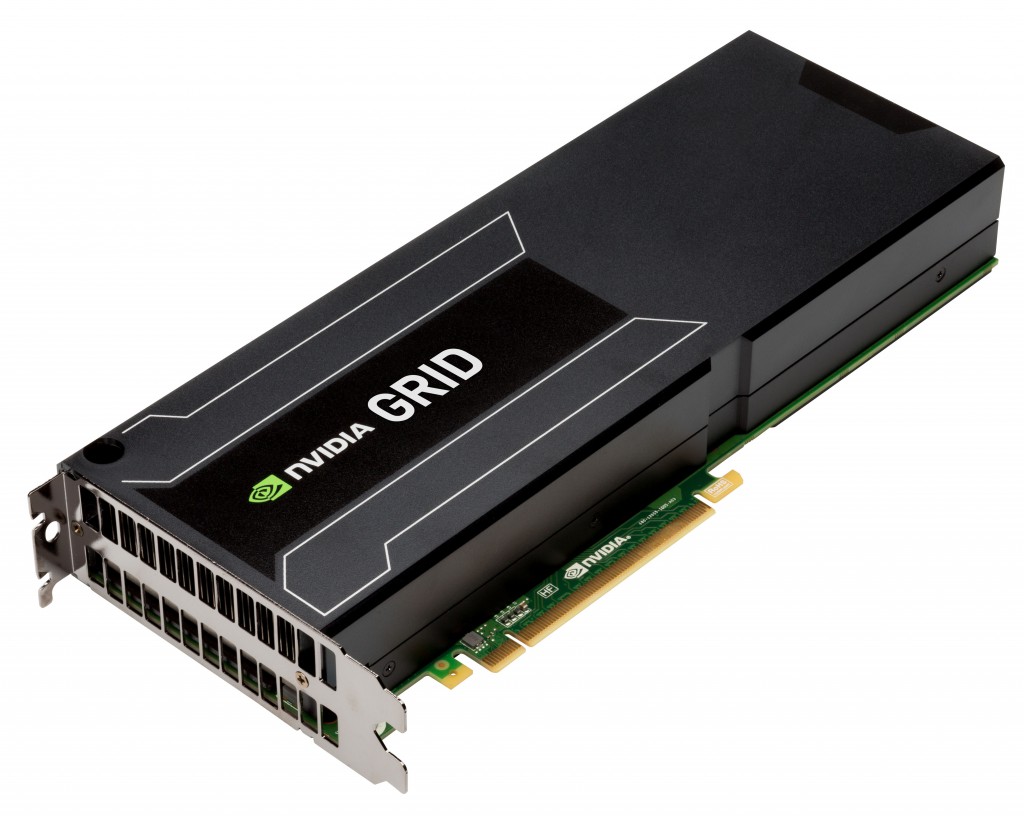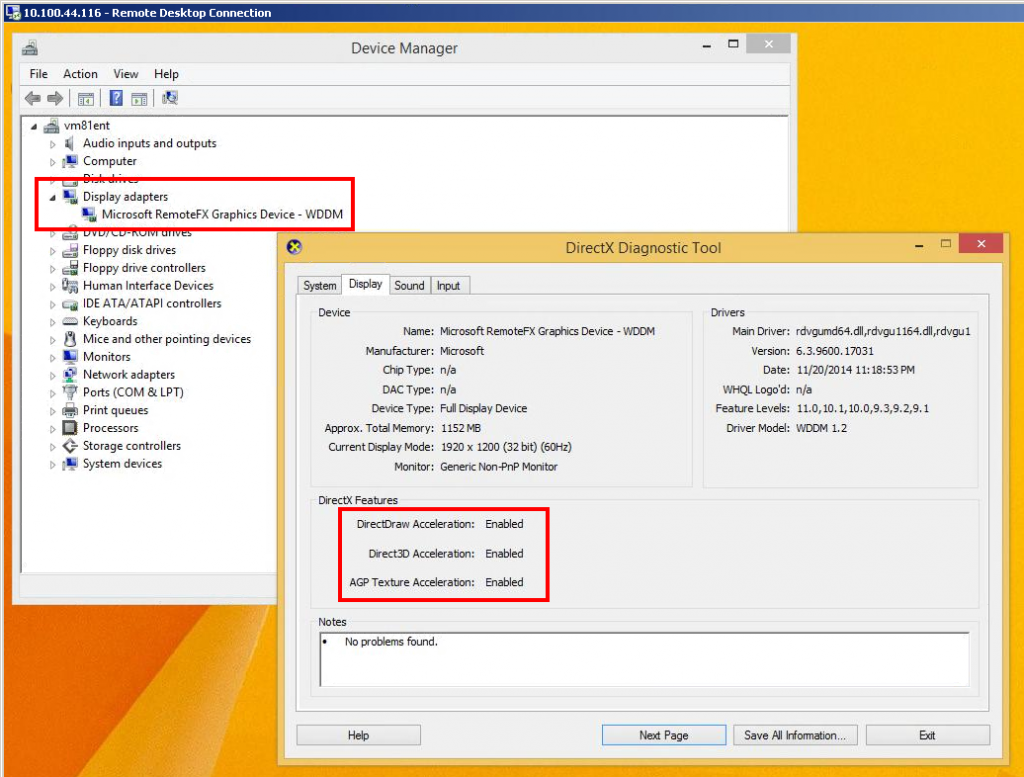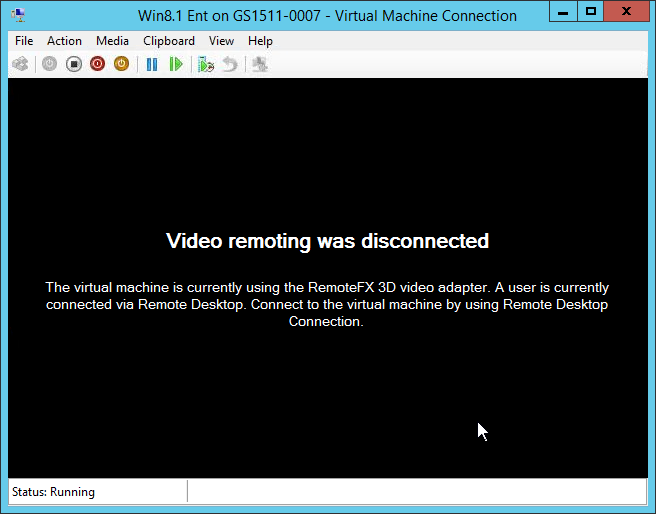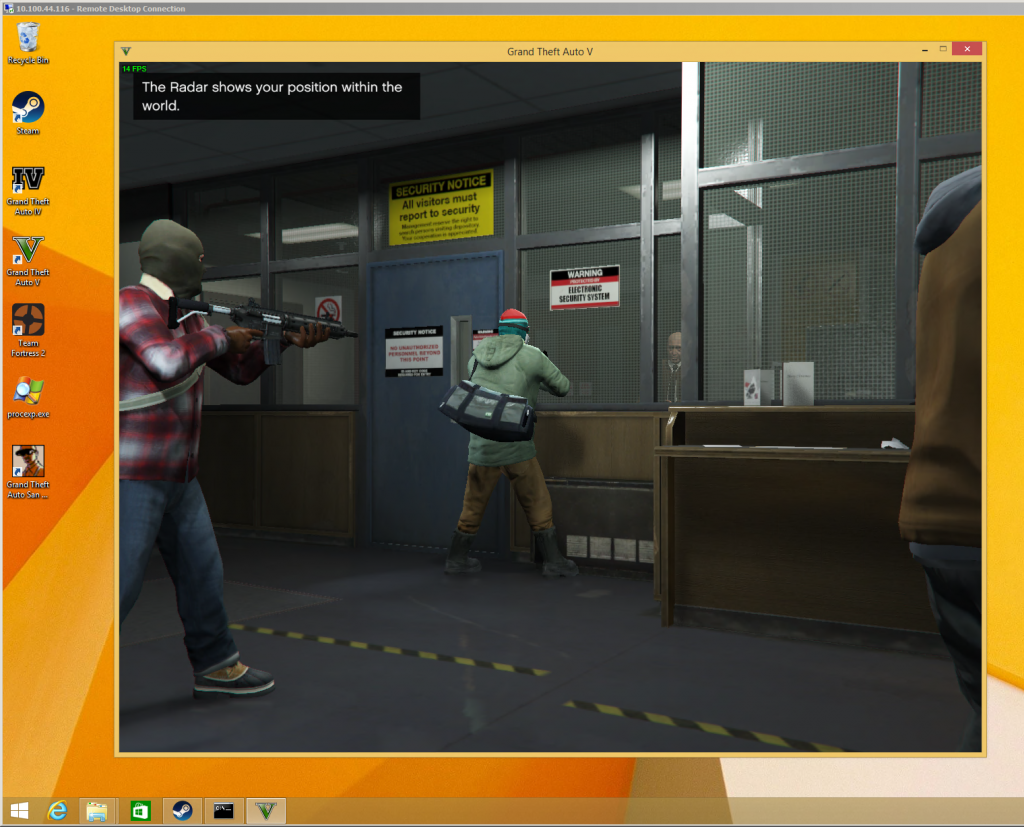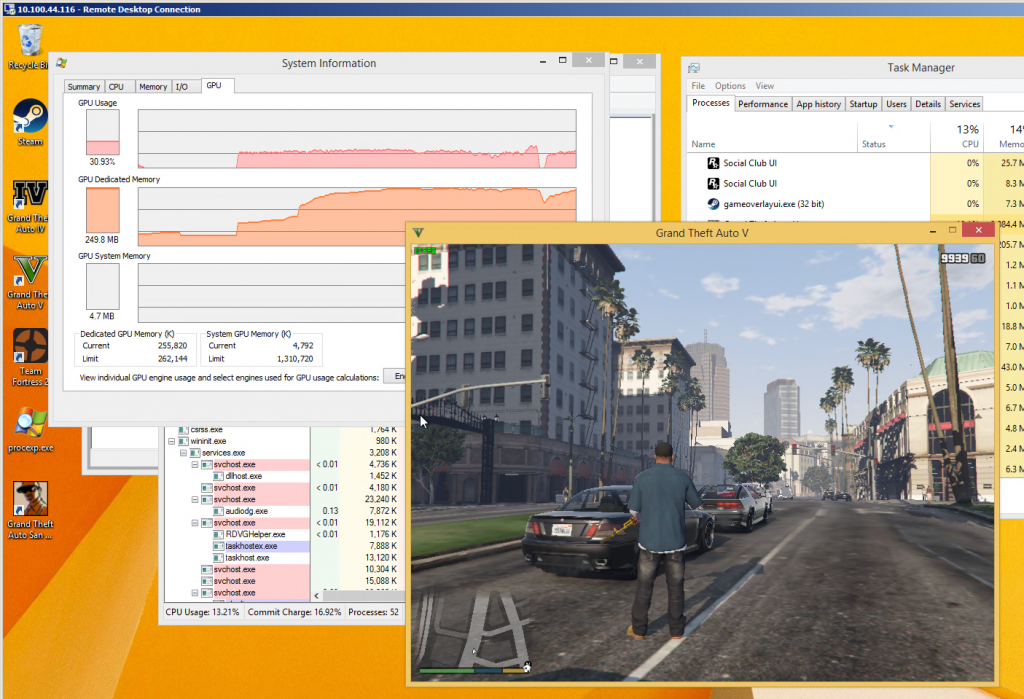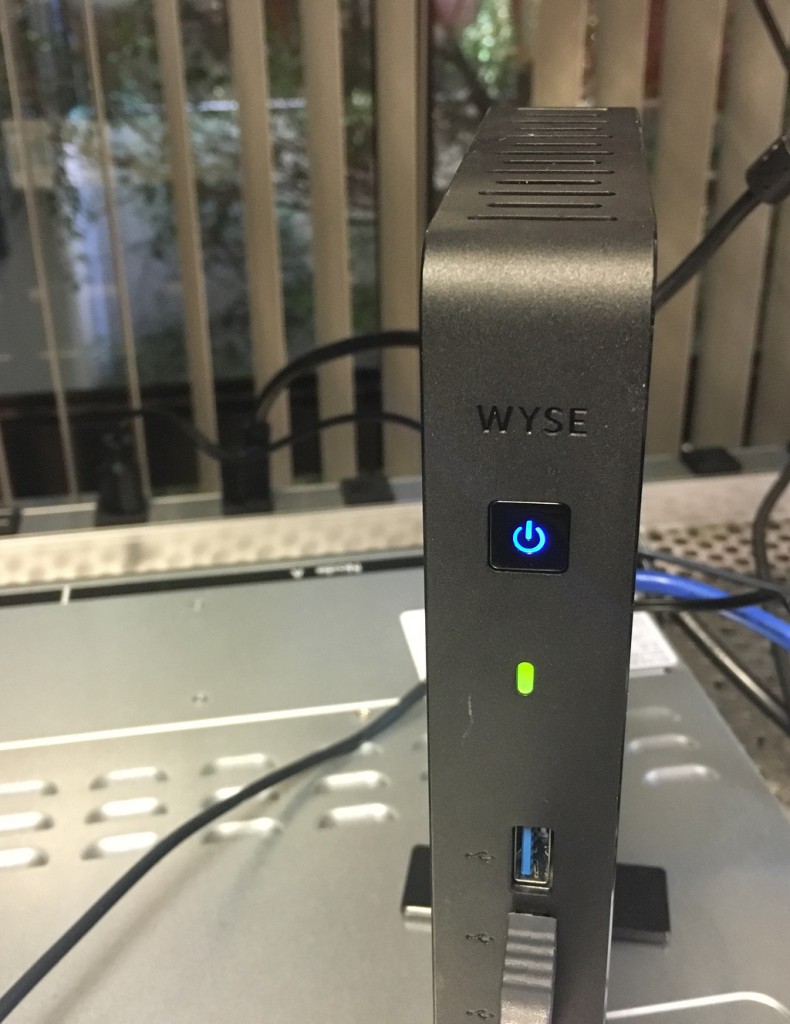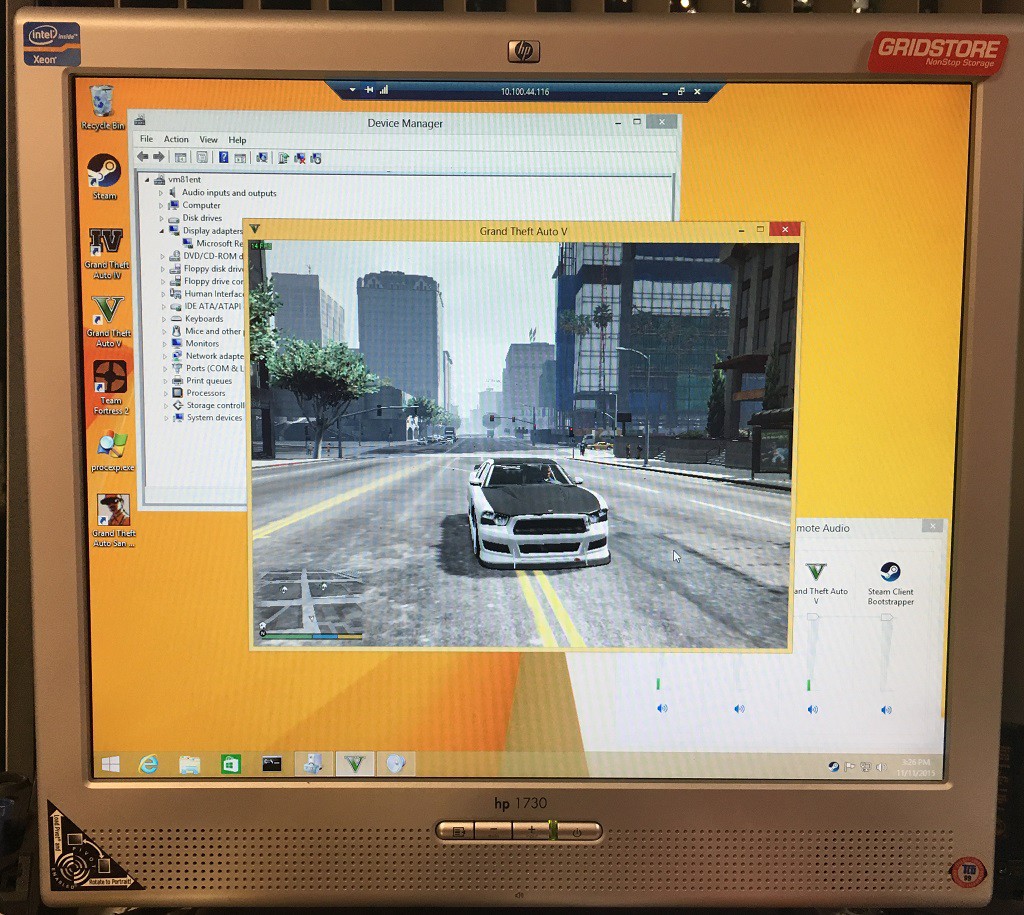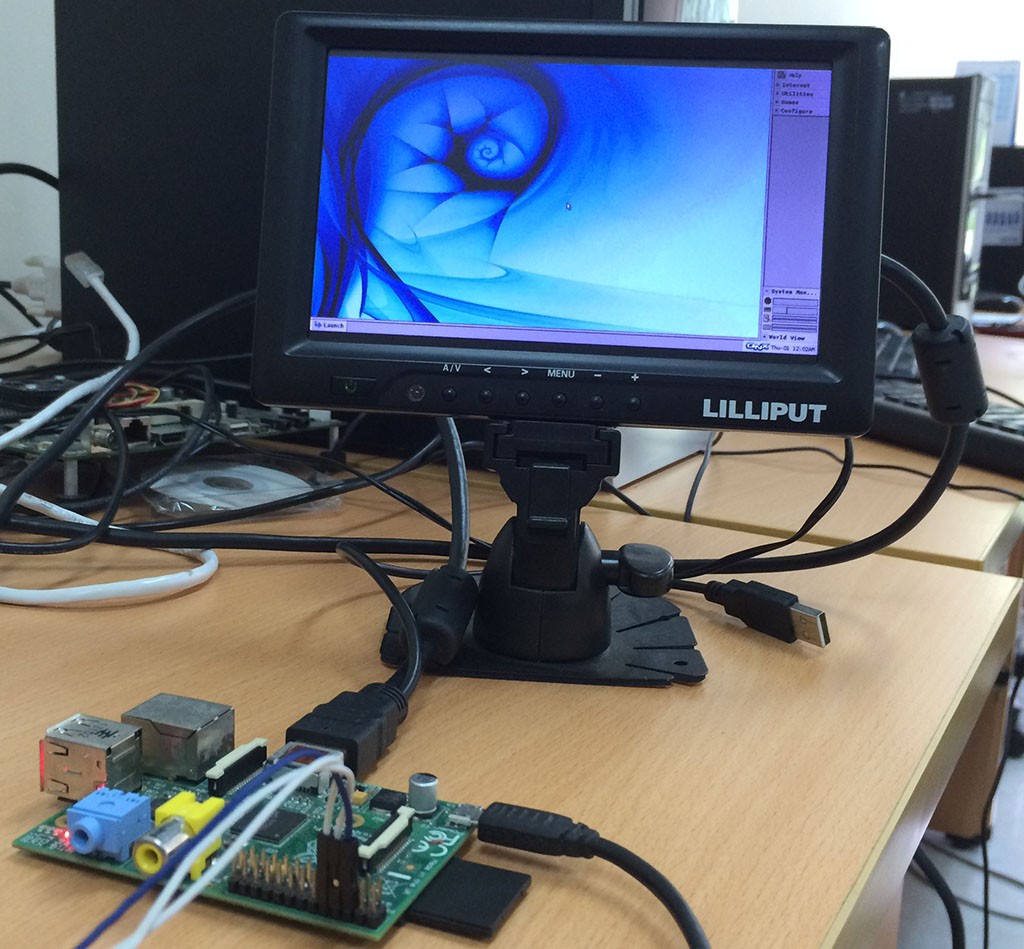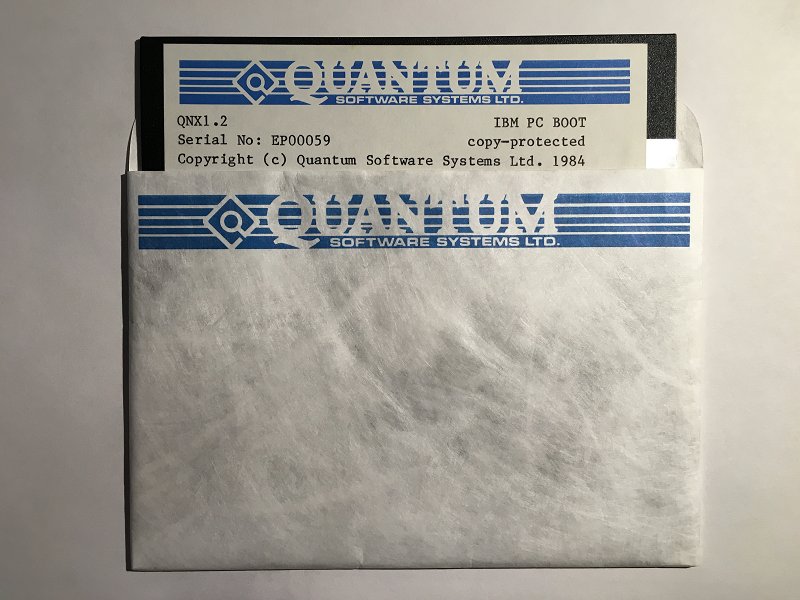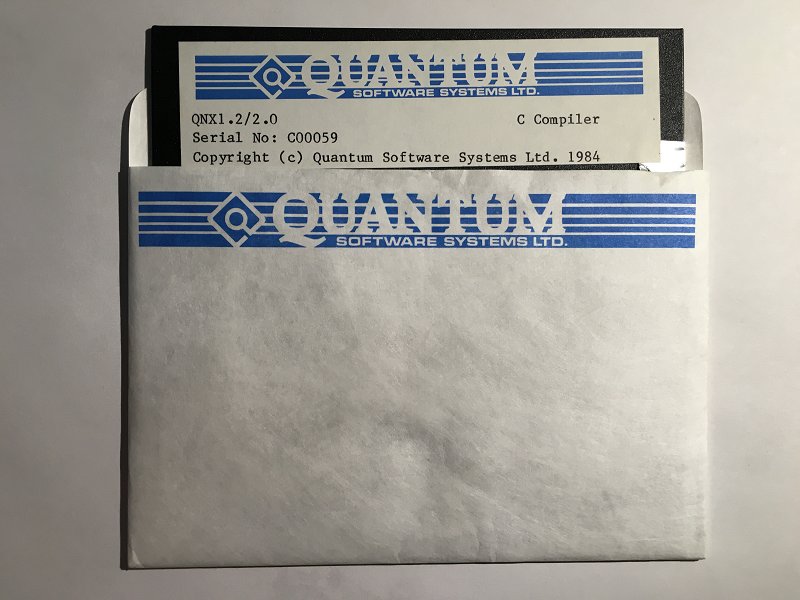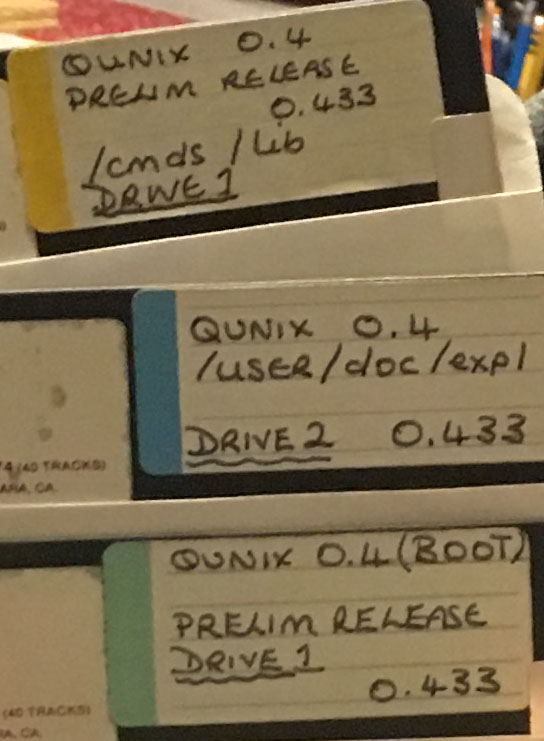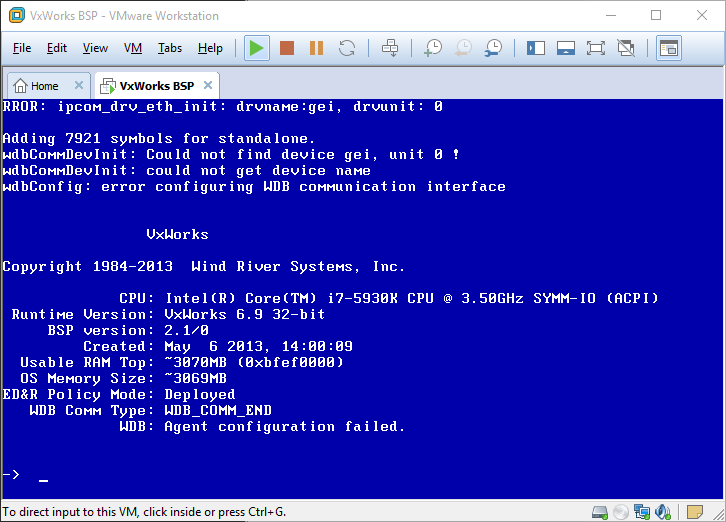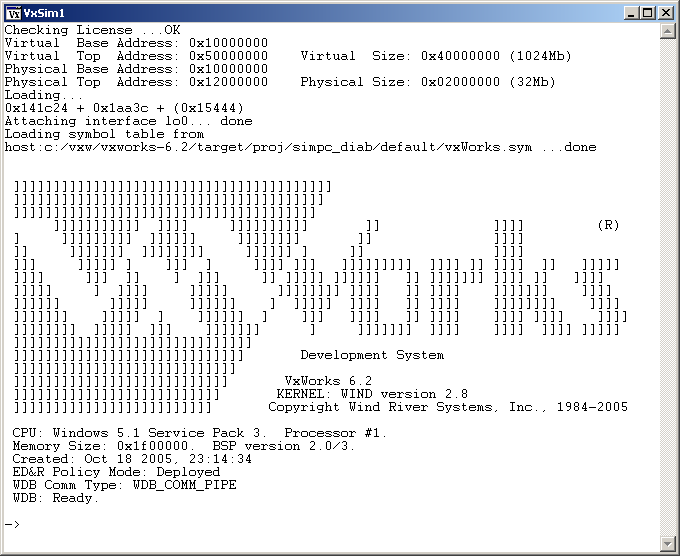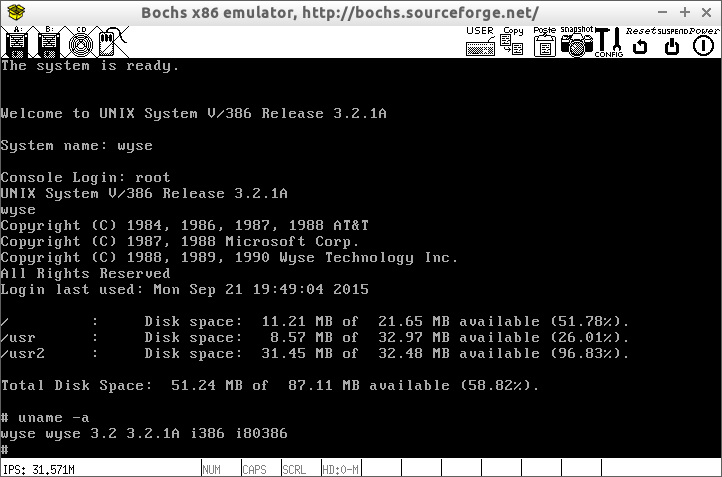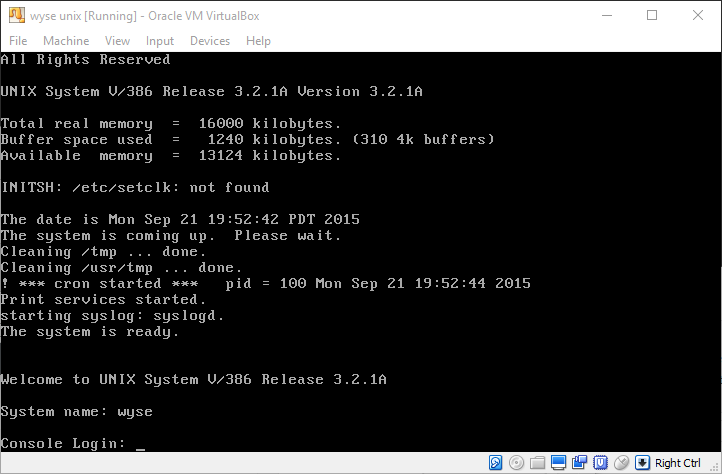(This is a guest blog post by Antoni Sawicki aka Tenox)
A Christmas gift for those who run Windows NT on Alpha AXP, MIPS or PowerPC. These ports of Windows are really lacking some good applications. Yes, there are utilities and games, Alpha even has Microsoft Word, Excel and Oracle DB, but apart from that there just are no serious apps available.
Calamus is a professional DTP (Desktop Publishing) software. It was actively developed and sold by a German company Invers up until 2018. If you want to play around with the latest version you can download a 30 day trial and (at the time this article was written) even purchase the Lite version for 99 Euro on calamus.net. There are versions for Windows, Mac and Atari ST.
Atari ST ?! Well yes, the original Calamus was born some 30 years ago on Atari ST: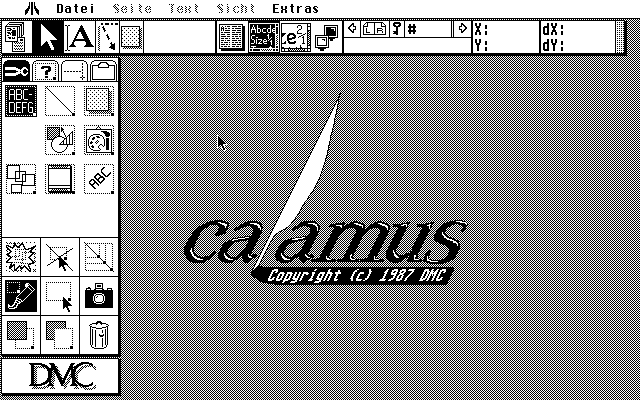
I had pleasure of using Calamus professionally on Atari for several years in early 90s. At the time when 486 could have max 64MB RAM and 640×480 VGA, a high-end Atari TT packed 256MB Magnum card and 1280×1024 framebuffer. The memory and high resolution displays were really needed to process large images and complex page layouts. You can read more about my Atari TT restoration efforts.
In the mid ’90s DMC decided to port Calamus to Windows NT to take advantage of emerging high end PCs and RISC platforms. An interesting fact is that the port wasn’t really a full source code rewrite, which was impossible due a large codebase size. Even that Calamus has 100% native Windows GUI and a lot of functionality has been rewritten, inside the software lives a small embedded Atari ST emulator that does on fly translation of some of the Atari/m68k ABI. You can read a bit about it here.
At the time of the port, Windows NT was still being actively developed on RISC platforms, so thankfully Calamus has been compiled on all of the available NT CPUs. Alpha version was probably the most popular choice because of performance. High end Alphas were the fastest machines capable of running Windows among all hardware. When publishing firms were thinking about upgrades they naturally looked at DEC as a first choice as regular PCs weren’t powerful enough.
I finally found a copy Calamus NT with support for all the RISC CPUs. It took me quite a lot of time and resources to track down and obtain copy of a surviving media from an owner of a publishing studio. This is how it looks when you first install it:
Interestingly there were separate builds for 386/486 and Pentium CPUs.Â
If you don’t have one of these machines you can still run Windows NT MIPS on Qemu:
And finally to the goods! You can get them in my my archive. If you just want to play with small demo without installing the whole app look in the demo folder.

